Leicester yields secrets beneath its market square.
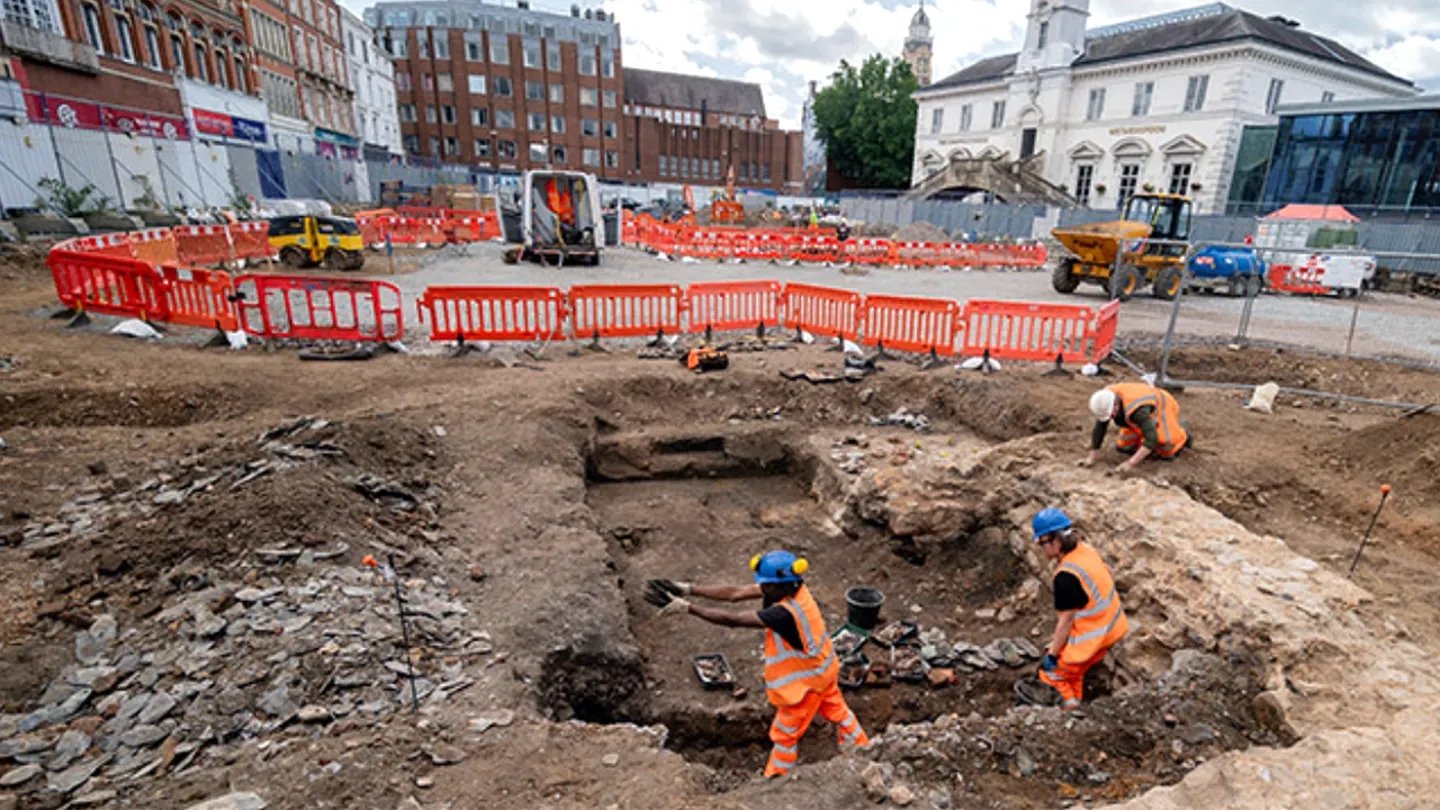
During redevelopment excavations beneath Leicester’s historic market place, archaeologists uncovered a Roman infant burial and the remains of a medieval dungeon once described as “a most vile prison.” The finds lie under layers of commerce, earth, and stone, and represent nearly two millennia of human activity in that spot. The site also revealed foundations of a high-status civic building known as the Gainsborough Chamber, plus Roman structures, jewelry, pottery, and even Roman kilns. These discoveries are rewriting parts of Leicester’s urban and judicial history.
1. The infant burial was found under a timber Roman building.
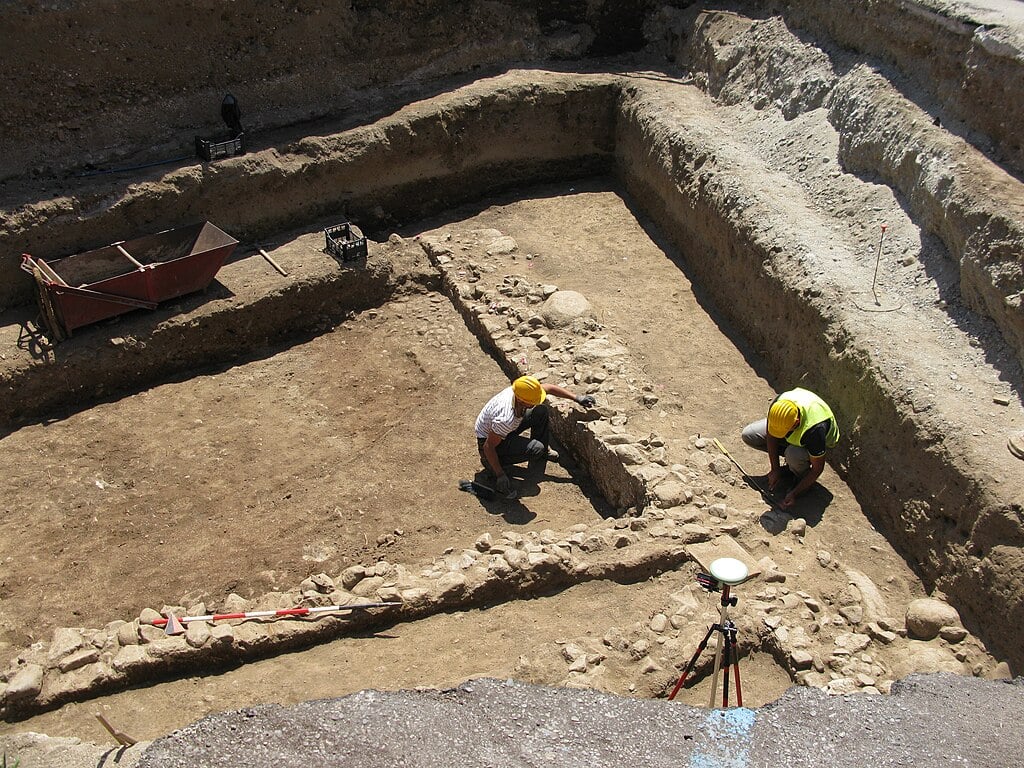
Beneath the floor of what seems to have been an early Roman timber structure, archaeologists located the tiny remains of a newborn, probably less than a few months old. This type of in-house infant burial was more common in Roman times, especially for children viewed as not fully citizens, and thus often not placed in public cemeteries. According to the University of Leicester’s reports, the burial sits roughly 1,800 years deep in the stratigraphy.
The infant’s grave likely lay behind walls or within a domestic space shielded from general view. That location suggests the family kept the child close, even in death, a poignant reflection of Roman attitudes toward infants whose status was ambiguous in life.
2. A medieval dungeon lay below the Gainsborough Chamber foundations.
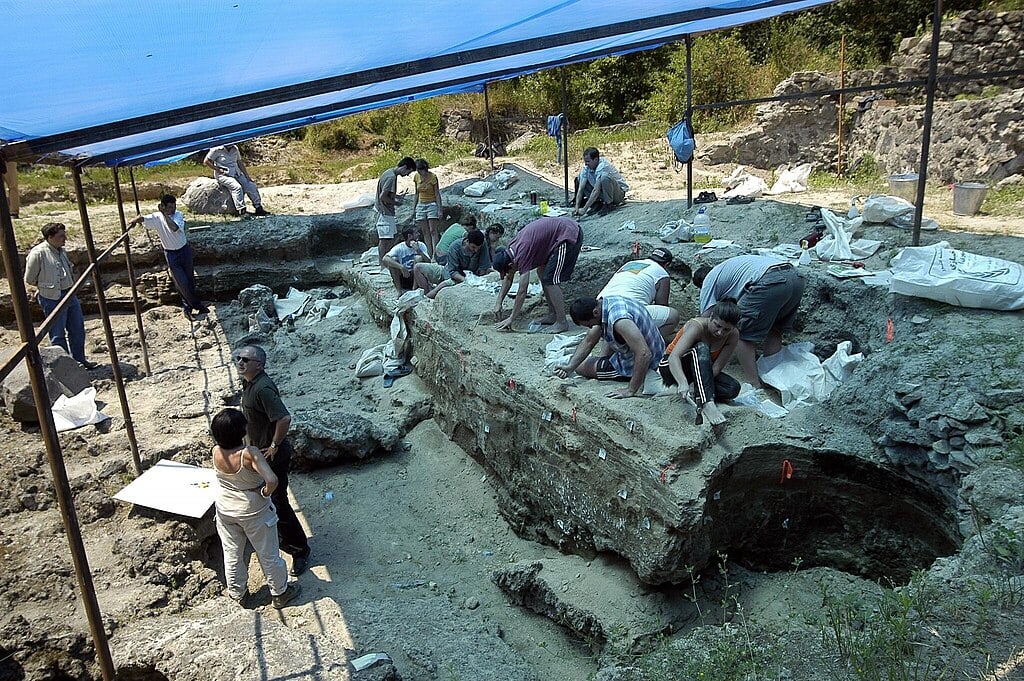
Under layers of medieval market debris and backfill, thick stone walls emerged that align with the known position of the Gainsborough Chamber, a civic and judicial building active in the Tudor era. Historical documents describe the dungeon of that building as “a most vile prison,” used for punishment and confinement, as discovered by scholars examining mid-16th century records.
The uncovering of these walls gives physical substance to those historical accounts. The dungeon’s depth, wall thickness, and layout suggest that it was subterranean, cramped, and designed for harsh conditions, reinforcing its reputation as a brutal judicial space.
3. Roman coins, pottery, and kilns surfaced in the layers.
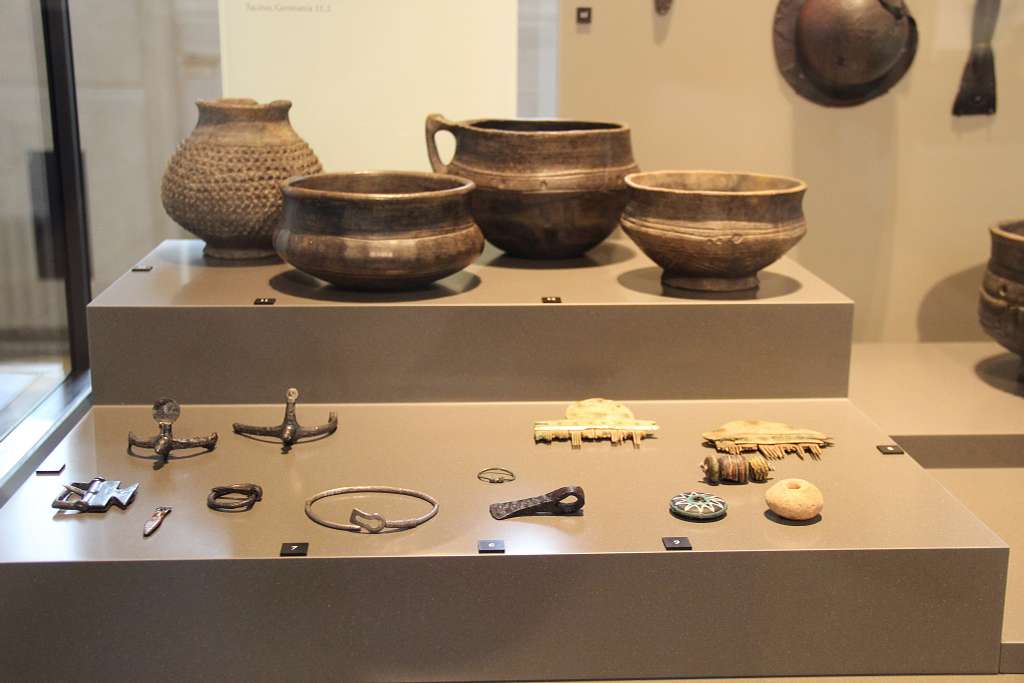
Surrounding the infant burial and later builds, excavators found mosaic tesserae, fragments of fine Roman pottery, coins dating to the late Roman period, and remains of small kilns used for ceramic production. These artifacts reinforce the idea that Leicester (then Ratae) was a bustling Roman township with local industry and trade. As reported by Smithsonian magazine, the abundance of domestic artifacts points to everyday life preserved beneath the square.
The kilns in particular indicate local manufacture of wares rather than complete reliance on imports. That suggests a self sustaining local economy, with artisans and domestic demand shaping the town’s Roman urban fabric long before later medieval overlays.
4. Anglo-Saxon and medieval market layers overlay the Roman structures.
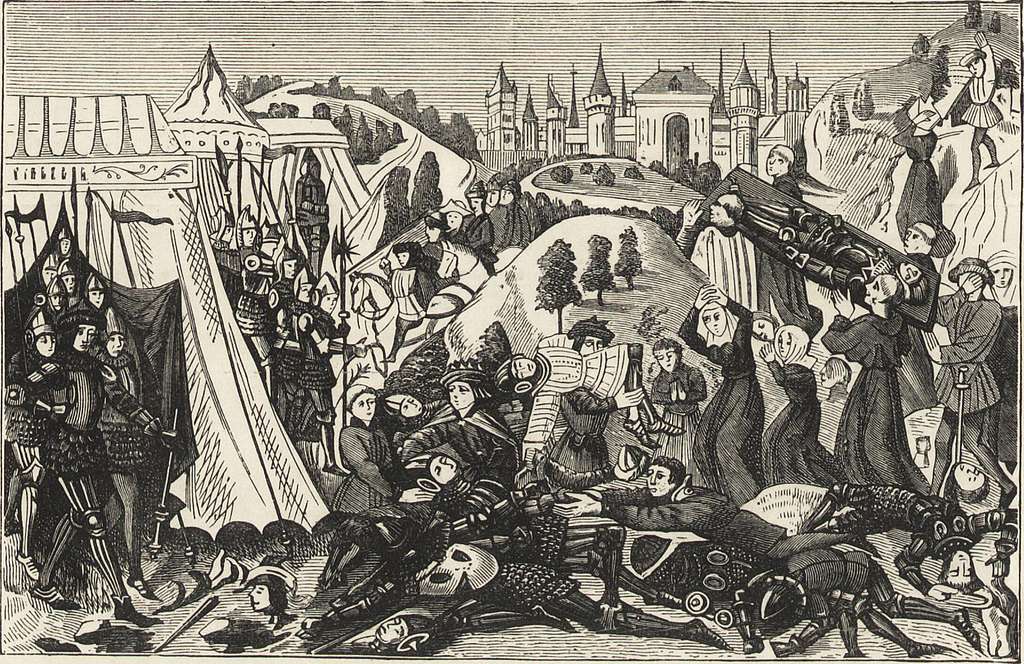
Above the Roman strata lie thick fill soils and compacted surfaces dating to the Anglo-Saxon period and later medieval market phases. The pattern shows a layering of use: public market stalls, resurfaced pathways, and masonry additions over centuries. Leicester’s market square essentially built itself upward over time, preserving earlier lives beneath stone and soil.
This layering is like pages in a book: each period overwritten but not erased. The standard pattern of reuse across eras demonstrates how medieval urban design often grew directly on Roman bones, with each generation building above the last.
5. The Gainsborough Chamber served civic and legal functions.
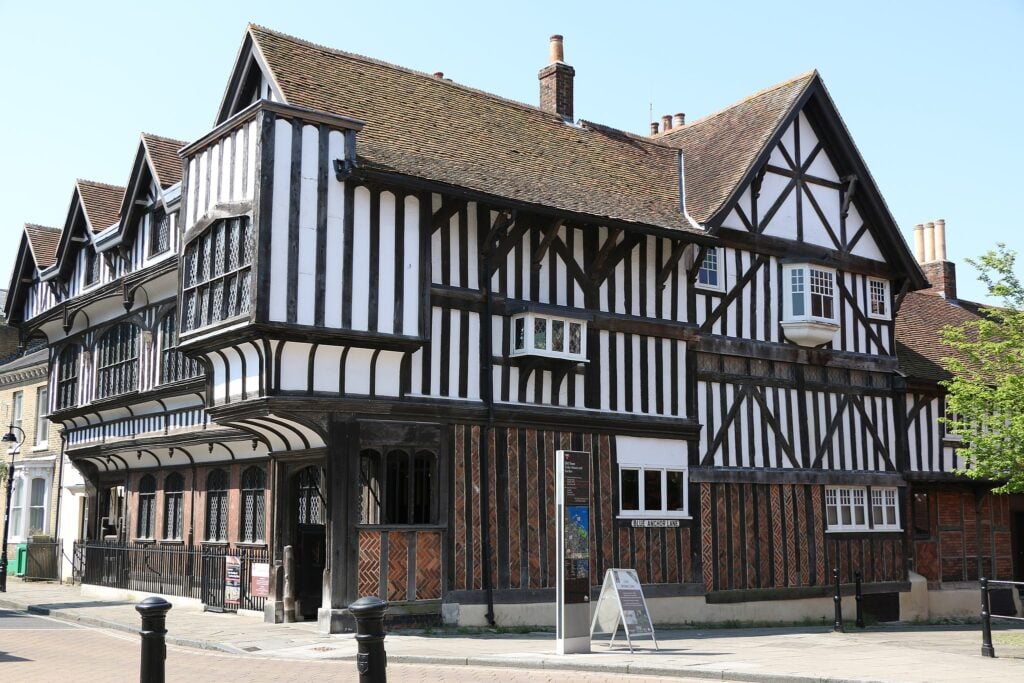
The Gainsborough Chamber, first documented in the early 1500s, housed both mayoral and judicial business. Its upper floor may have hosted ceremonies, while shops occupied the ground level, and the dungeon lay beneath. The rediscovered foundations confirm its significance as a civic power center in Tudor Leicester.
Evidence such as thick stone walls, large footprint, and its location within the market zone support the conclusion that this was not a humble hall but a major municipal building. Its physical remains show that the medieval city’s core was deeply intertwined with governance and justice.
6. Historical writings confirm the dungeon’s harsh conditions.

A servant of a local official once described being held in the Gainsborough dungeon “upon hard planks without bed or straw and without company or comfort.” That testimony, preserved in 16th century records, aligns with the dungeon’s repute and now tangible layout. It gives voice to the suffering that the stone walls silently held.
When researchers uncovered the constrained cell spaces, ventilation shafts, and heavy masonry, the historical accounts gained context. The physical and textual evidence converge to present a grim continuity of punishment, control, and human endurance in Leicester’s past.
7. The infant and prison find rewrite Leicester’s layered history.
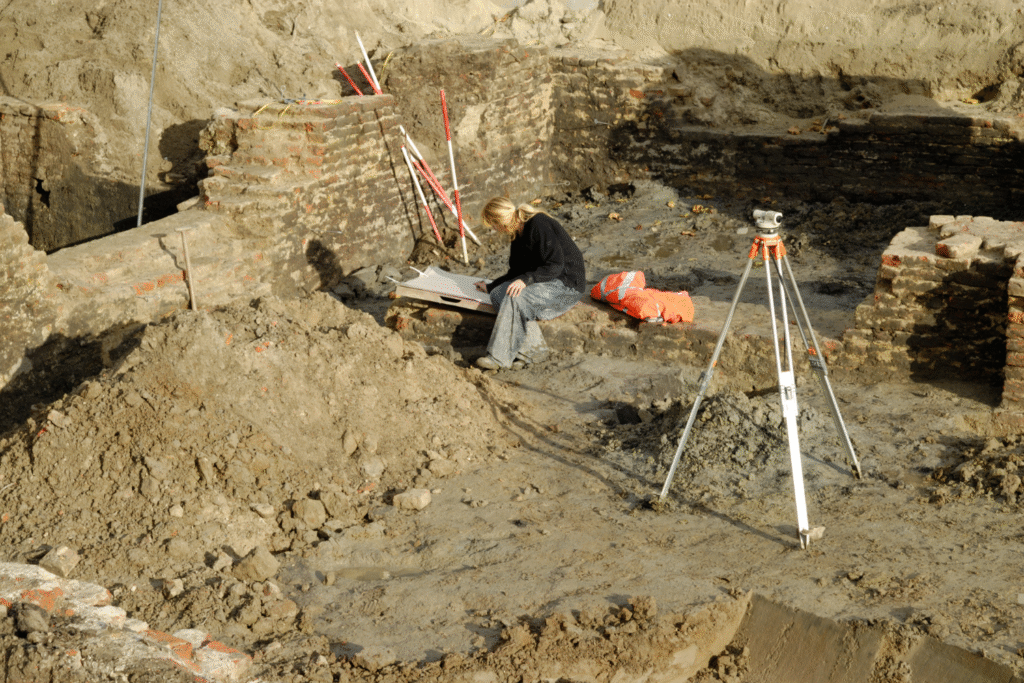
These discoveries fill a gap between Roman Leicester and the medieval city. The infant burial demonstrates a continuity of occupation and Roman domestic life, while the dungeon clarifies how the medieval municipality administered justice. Together they trace the evolution of urban power from ancient governance to Tudor civic control.
Archaeologists now see Leicester Market not as a singular medieval creation but as a palimpsest of civic, domestic, and judicial life. These buried chapters show that even beneath one of England’s busiest markets, lives long passed still shape the city’s story.
8. Some artifacts may be displayed once reconstruction completes.

Local planners and the University of Leicester have expressed intent to preserve and display key finds—such as the infant burial urn, masonry fragments of the Gainsborough Chamber, and associated Roman artifacts—within the new market square or nearby museum space. Such displays will bring the subterranean story to public view.
As the market redevelopment moves forward, archaeologists continue careful recording of each layer. The goal is not only to rebuild above, but to embed memory into the rebuilt square. Whether traces stay underground or join exhibition, Leicester’s citizens will now see their market as a living archive.
